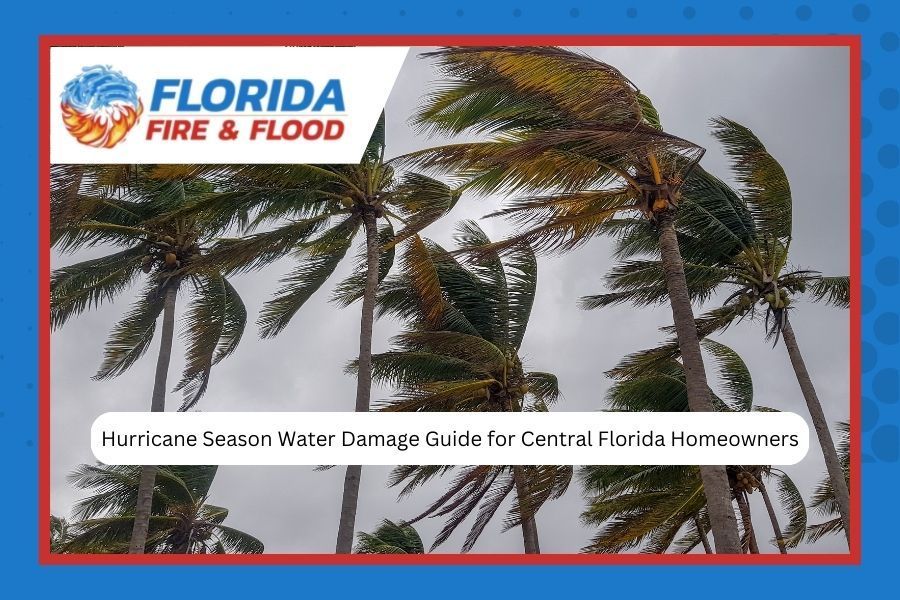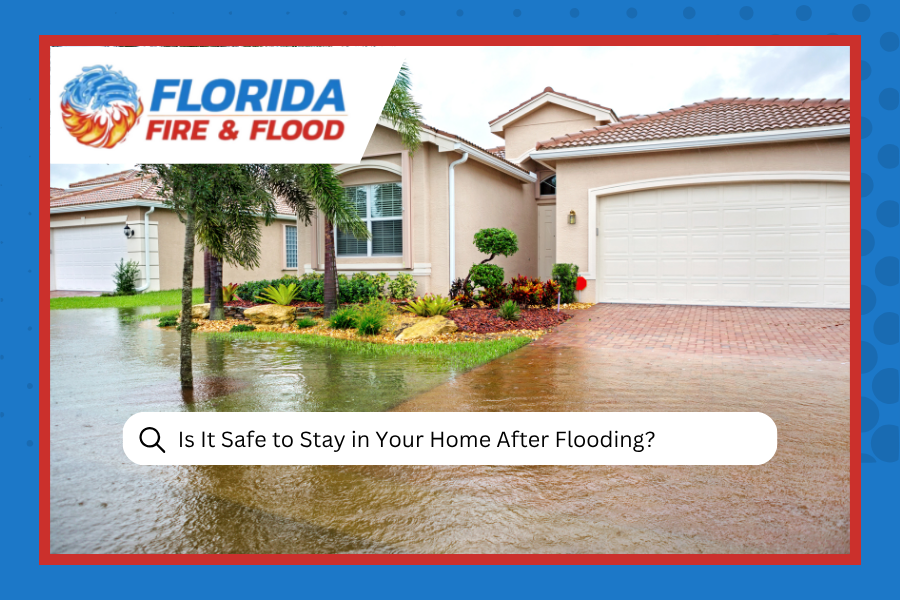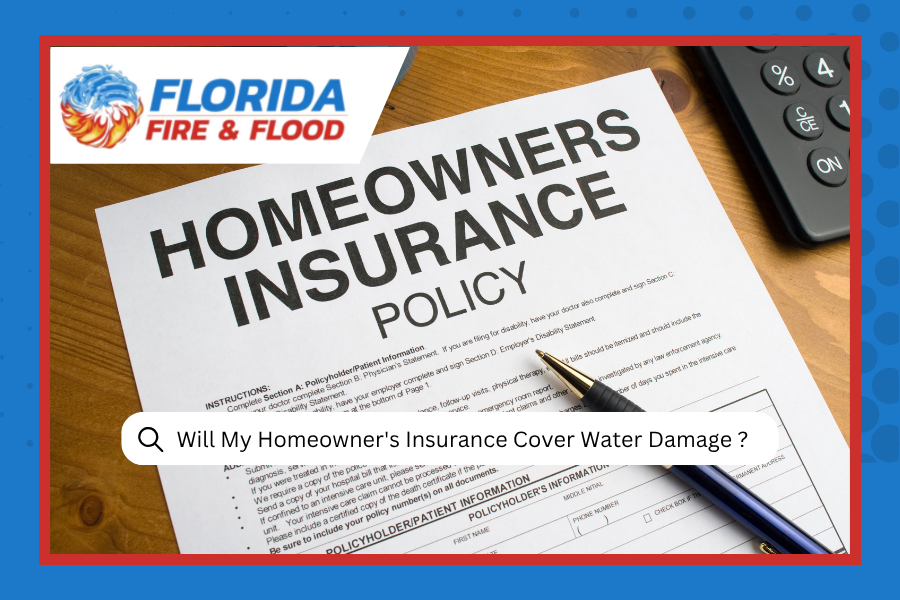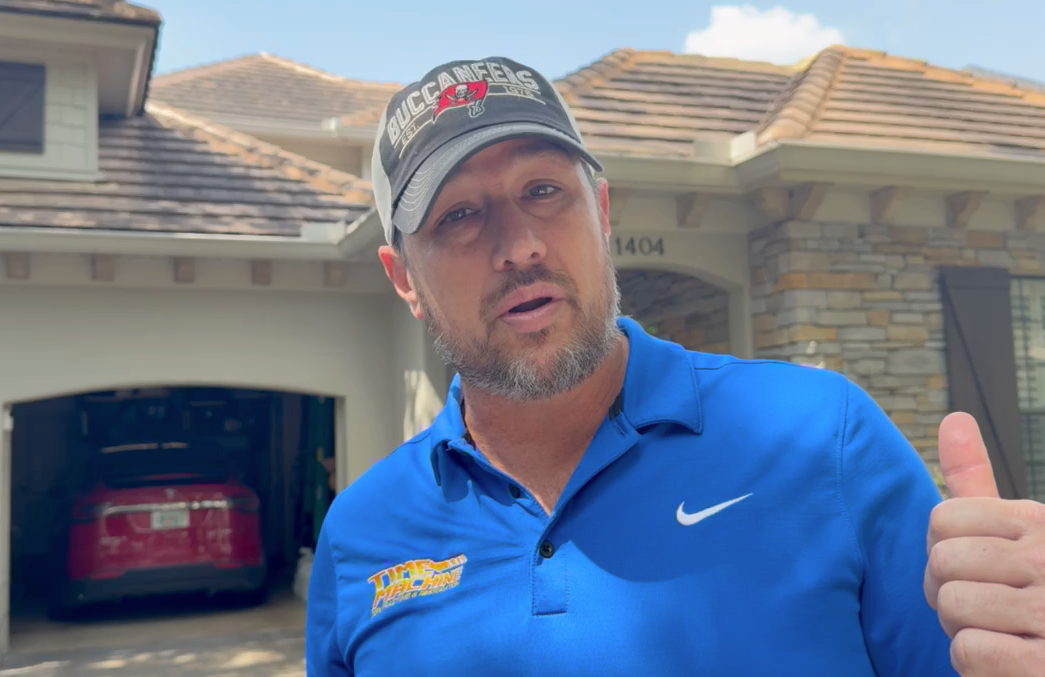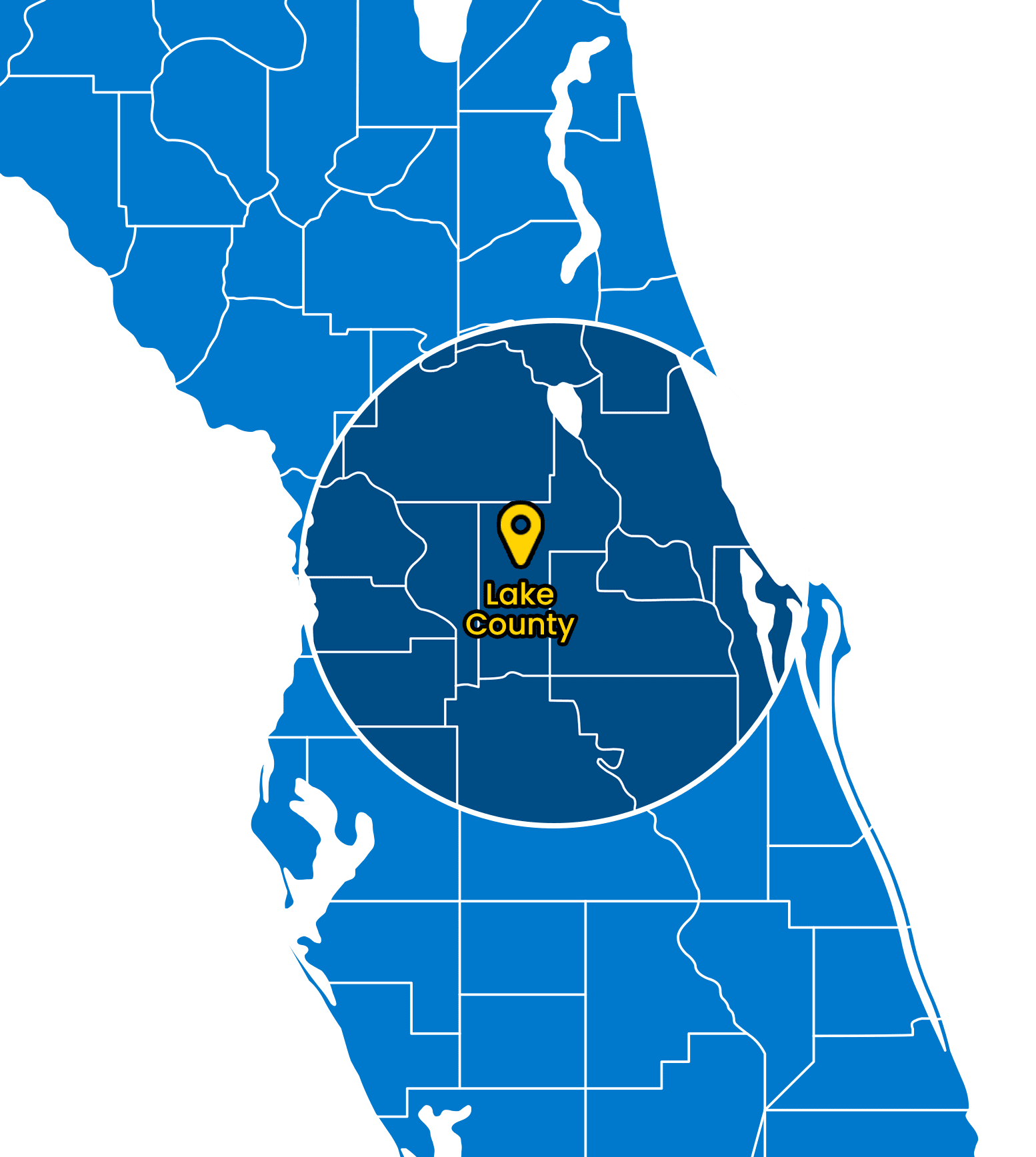AMRT - Applied Microbial Technician I, (Mold Remediation)
Jump To:
- Why Hurricane Season Hits Central Florida Differently
- Pre-Hurricane Preparation: Your First Line of Defense
- During the Storm: What to Watch For
- After the Hurricane: The Critical First 24-48 Hours
- Understanding Different Types of Hurricane Water Damage
- When to Call the Professionals
- Dealing With Insurance After Hurricane Water Damage
- The Reality of Hurricane Recovery in Central Florida
- Your Hurricane Season Action Plan
- Frequently Asked Questions
Living in Central Florida means we get front-row seats to some of nature's most dramatic shows. And while we've all gotten pretty good at stocking up on water bottles and charging our devices, there's one thing that catches many homeowners off guard: the water damage that comes after the storm passes.
Understanding water damage restoration is crucial for every Central Florida homeowner. According to NOAA's hurricane preparedness guidelines , preparation is key to minimizing damage. From the sneaky leaks that start small and grow into major headaches to the dramatic flooding that makes your living room look like a swimming pool, knowing what to expect and how to respond can save you thousands of dollars and weeks of stress.
Florida Hurricane Season Calendar
Official Season: June 1 - November 30
June
Season Begins
Low Activity
July
Increasing
Activity
August
Peak Season
High Risk
September
Peak Season
Highest Risk
October
Peak Season
High Risk
November
Season Ends
Decreasing Activity
Peak season (August-October) accounts for about 78% of tropical storm activity in the Atlantic.
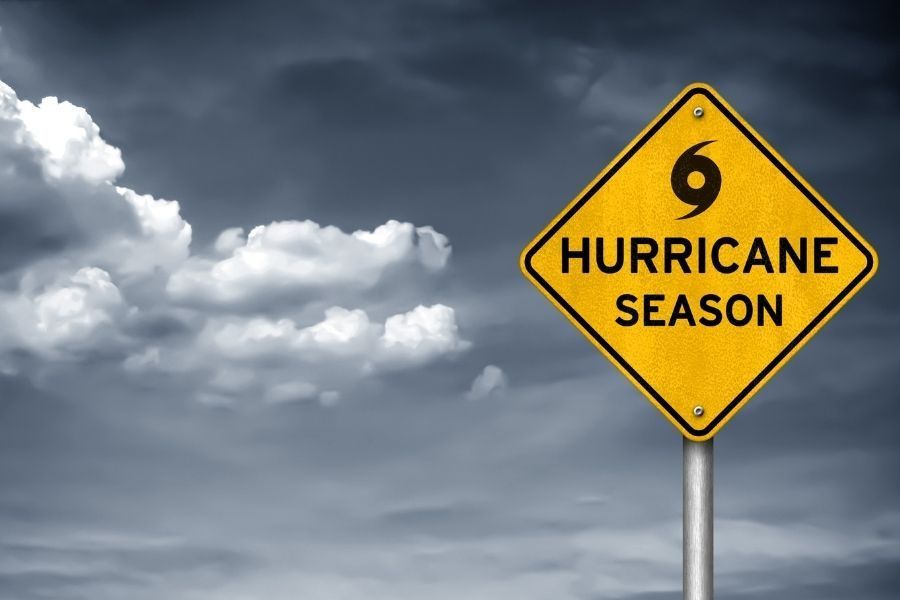
Hurricane season in Central Florida requires careful preparation to minimize water damage risks to your home.
Why Hurricane Season Hits Central Florida Differently
Let's be real for a second. Central Florida isn't like other places when it comes to hurricanes. We don't just get the wind and rain, we get the whole package deal. Our flat terrain means water doesn't have many places to go, and our older neighborhoods weren't always built with today's drainage standards in mind.
Plus, we're dealing with a unique combination of factors:
- Heavy clay soil that doesn't absorb water quickly
- Older homes with aging roofing systems
- Mature trees that, while beautiful, can become projectiles
- A mix of residential and commercial areas that can create unexpected flooding patterns
Central Florida Hurricane Risk Factors
Flat Terrain
Water pools instead of draining naturally
Clay Soil
Slow water absorption increases flooding
Aging Homes
Older construction standards increase vulnerability
The Hidden Dangers After the Storm
Most people think the danger is over once the hurricane passes. That's actually when some of the biggest problems start. The water that gets into your walls, under your floors, and into your insulation doesn't just disappear. It sits there, creating the perfect environment for mold growth and structural damage.
The truth is, many homeowners think they can just dry things out with a few fans and call it good. Three weeks later, they're dealing with mold problems that are way worse than the original water damage.
Pre-Hurricane Preparation: Your First Line of Defense
Ready to protect your home? Here's your hurricane prep checklist:
Exterior Preparation
- Clean gutters and downspouts (seriously, this matters more than you think)
- Trim tree branches that hang over your roof
- Check and repair any loose shingles or flashing
- Inspect and seal around windows and doors
- Make sure your sump pump is working (if you have one)
Interior Preparation
- Move important items to higher floors
- Take photos of your belongings for insurance purposes
- Know where your main water shut-off valve is located
- Stock up on tarps, plastic sheeting, and duct tape
- Charge all devices and have backup power sources ready
The truth is, preparation is your best friend when it comes to minimizing water damage. But even the most prepared homeowner can still end up with problems.
During the Storm: What to Watch For
When the hurricane is actually happening, your job isn't to be a hero. Stay inside, stay safe, and keep an eye on these potential trouble spots:
Signs of Water Intrusion
- Water stains appearing on ceilings or walls
- Dripping sounds from areas where they shouldn't be
- Pooling water near windows or doors
- Unusual sounds from your roof or attic
Immediate Actions (Only If Safe)
- Place buckets under any active leaks
- Move belongings away from water sources
- Take photos if it's safe to do so
- Document everything for insurance claims
Don't try to go up on your roof or outside during the storm. We know it's frustrating to watch water come in, but your safety is more important than any material damage.
Experiencing Water Damage Right Now?
Don't wait - every hour counts when it comes to preventing further damage and mold growth.
Get Emergency Help NowAfter the Hurricane: The Critical First 24-48 Hours
This is where things get real. The first day or two after a hurricane are absolutely critical for preventing major water damage from becoming a complete disaster.
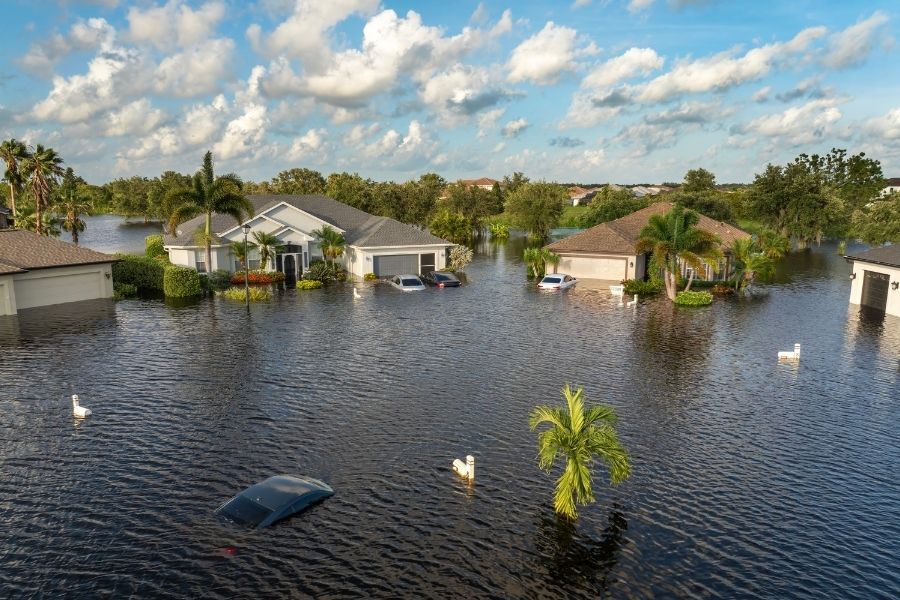
Hurricane flooding can cause extensive damage to Central Florida homes, requiring immediate professional assessment and remediation.
Immediate Safety Check
Before you do anything else, make sure it's safe to be in your home. FEMA's flood safety guidelines emphasize these critical safety checks:
- Check for electrical hazards
- Look for structural damage
- Be aware of contaminated water
- Watch for gas leaks
Water Damage Assessment
Here's how to assess your water damage situation:
| Damage Level | What You'll See | Your Action |
|---|---|---|
| Minor | Small leaks, damp areas | Monitor closely, use fans |
| Moderate | Standing water in one room, wet drywall | Call professionals within 24 hours |
| Severe | Multiple rooms flooded, ceiling damage | Call us immediately |
Why Time Matters So Much
Here's something most people don't realize: you've got about 24-48 hours before water damage turns into a much bigger problem. After that window, you're not just dealing with water anymore. You're dealing with potential mold growth, structural damage, and a whole lot more expense.
Many homeowners try to handle moderate water damage themselves, only to discover weeks later that the water traveled through their walls and caused damage in rooms they didn't even know were affected. Understanding how long it takes for your home to dry can help you make better decisions about when to call in professionals.
Understanding Different Types of Hurricane Water Damage
Not all water damage is created equal. In Central Florida, we typically see three main categories after hurricanes:
Clean Water Damage
This comes from broken pipes, rainwater, or leaking roofs. While it's still serious, it's the easiest type to deal with if you act quickly.
Gray Water Damage
This might come from washing machine overflows, dishwasher leaks, or slightly contaminated sources. It requires more careful handling and professional equipment.
Black Water Damage
This is the serious stuff: sewage backups, flooding from outside sources, or water that's been sitting for more than 48 hours. This absolutely requires professional remediation.
When to Call the Professionals (Hint: Sooner Than You Think)
We get it. Nobody wants to spend money on professional help if they don't have to. But here's the thing: water damage is sneaky. What looks manageable on the surface can be hiding a much bigger problem underneath.
Call professionals immediately if you have:
- Any amount of black water or sewage backup
- Water that's reached electrical outlets or appliances
- Standing water more than an inch deep
- Water damage in multiple rooms
- Any signs of structural damage
Call within 24 hours if you have:
- Wet drywall or insulation
- Soaked carpeting
- Water damage in areas with poor ventilation
- Any concerns about potential mold growth requiring professional remediation
The relationship between water damage and mold growth is closer than most people realize. Mold can start growing in as little as 24-48 hours in our humid Central Florida climate.
Dealing With Insurance After Hurricane Water Damage
Let's talk about everyone's favorite topic: insurance claims. (Just kidding, nobody likes dealing with insurance, but it's necessary.)
The key to a successful insurance claim is documentation. The more evidence you have, the better your chances of getting the coverage you deserve. Most restoration professionals work directly with insurance companies and know what they're looking for.
Insurance Documentation Tips:
- Take photos and videos of everything
- Keep receipts for any emergency repairs
- Document the timeline of events
- Don't throw away damaged items until the adjuster sees them
One thing that can save you significant stress: don't try to be the middleman between contractors and insurance companies. Experienced restoration companies have years of practice working directly with insurance companies, so you don't have to navigate that maze yourself. Knowing when to call your insurance company can save you time and stress during an already difficult situation.
The Reality of Hurricane Recovery in Central Florida
Here's something nobody talks about: hurricane recovery isn't just about fixing the damage. It's about getting your life back to normal while dealing with contractors, insurance companies, and the stress of living in a damaged home.
Families throughout Tavares and Central Florida who bounce back fastest are usually the ones who accept help when they need it and don't try to handle everything themselves.
Recovery isn't just about the physical repairs. It's about feeling safe and comfortable in your home again. That's why the best approach handles everything from the initial water extraction all the way through complete reconstruction if needed. When you're facing major damage, having the right help is just a phone call away.
Need Professional Water Damage Assessment?
Our IICRC-certified team provides free consultations and works directly with your insurance company.
Schedule Your Free ConsultationYour Hurricane Season Action Plan
Interactive Hurricane Preparation Checklist
Click to check off items as you complete them. Your progress will help ensure you're fully prepared for hurricane season.
📋 Before Hurricane Season (Complete by June 1st)
⚠️ Hurricane Watch Issued (72 hours before)
🔍 After the Storm (First 24-48 hours)
💡 Pro Tip: Print this checklist and keep it with your emergency supplies. When stress levels are high during storm season, having a physical checklist ensures you don't miss critical steps.
Remember, professional restoration services are available 24/7 during hurricane season and year-round for emergencies. When you're dealing with water damage, every hour counts.
Frequently Asked Questions
What's the difference between hurricane flooding and regular water damage in Central Florida?
Hurricane water damage is often more complex because it typically involves contaminated water, multiple entry points, and wind-driven rain that can penetrate areas that normally stay dry. Unlike a burst pipe, hurricane water can carry debris, sewage, and chemicals, requiring specialized cleanup and often falling into the "gray water" or "black water" categories that need professional remediation.
Should I wait for the hurricane to completely pass before checking for water damage?
Never venture outside or into dangerous areas while the storm is active, but you should start monitoring for leaks and water intrusion as soon as it's safe to move around your home. Early detection helps minimize damage. However, avoid going into attics, on roofs, or near downed power lines until authorities confirm it's safe.
How do Central Florida's hurricanes create hidden water damage that homeowners miss?
Wind-driven rain during hurricanes can force water into places it normally never reaches, like behind siding, through roof vents, around window frames, and even through intact-looking roofs. Our flat terrain also means water can pool in unexpected places and seep into foundations. Water can travel through wall cavities and appear in rooms far from the actual entry point, which is why professional moisture detection equipment is often necessary.
What should I do if my hurricane water damage claim gets denied or underpaid?
Hurricane-related water damage claims can be complex because they often involve determining whether damage came from wind (usually covered) or flood (requires separate flood insurance). Document everything with photos and videos, keep all receipts for emergency repairs, and don't accept the first offer if it seems low. Experienced restoration companies can provide detailed estimates and documentation that support your claim, often helping homeowners get the coverage they deserve.
When hurricane season brings unexpected water damage to your Central Florida home, don't face it alone. Our IICRC-certified team at Florida Fire & Flood is available 24/7 to help restore your home and peace of mind. Serving Mount Dora, The Villages, and all of Central Florida with honest, professional restoration services.

